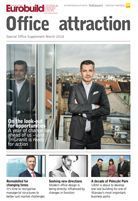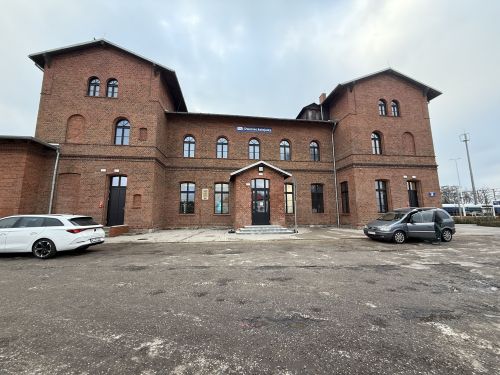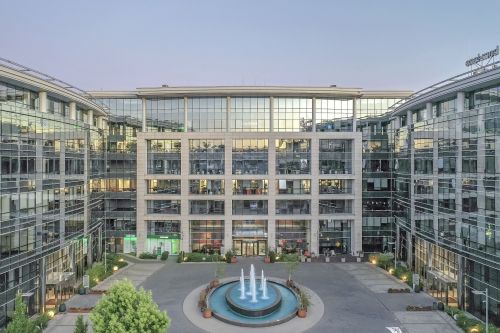Office projects developed to house the headquarters of large companies and corporations are virtually never situated in random spots that are difficult to get to. When looking for a location for their new head office, potential tenants have always focused on the logistical issues – the presence of bus or tram lines, the time needed to reach the city centre, and the connections to the airport or the main train station. “But HR-related issues have now also now taken on a crucial strategic role,” argues Marcin Piątkowski, the commercialisation director of Torus.
From start to finish
When planning the opening of new headquarters or branch, a global company first defines its processes and key markets and then, taking these findings into account, selects the region and country with the most ideal macroeconomic and geopolitical indicators. After this, at the country level, the company looks for the perfect city, analysing the resources and labour force potential of a num































































